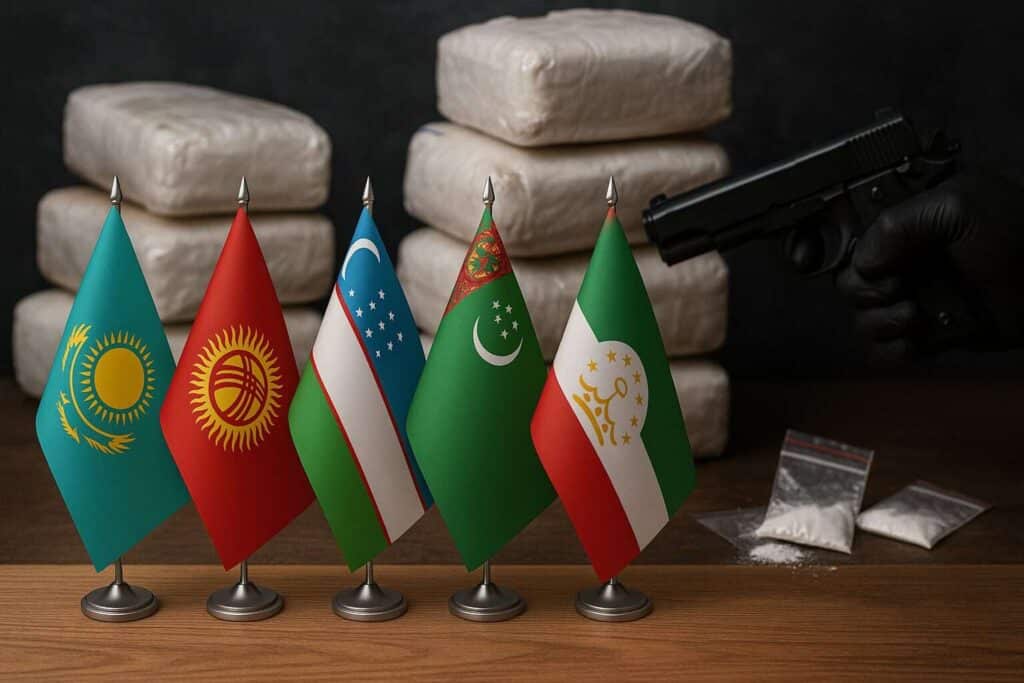Central Asia Faces Growing Threat from Narcotics Trafficking

Regional authorities are increasingly challenged by the dual threat of heroin smuggling and the rapid spread of synthetic drugs, as explains the report of Special Eurasia consulting and media agency specialising in geopolitical intelligence and risk assessment.
Afghan Trafficking Fuels Regional Networks
Most of the narcotics intercepted originate in Afghanistan, exploiting porous borders and systemic corruption. The so-called «northern route» — which connects Afghanistan to Russia and Europe via Central Asia — continues to be a key artery for heroin and opium transport. However, authorities now warn that the region is no longer just a transit zone: domestic drug markets are expanding, especially for synthetics.
Uzbekistan: Synthetic Drug Surge and Urban Distribution Networks
Uzbekistan has seen a worrying rise in urban drug trafficking. In Tashkent, law enforcement disrupted a group that used magnetic containers to stash synthetic drugs in public parks and construction sites. Authorities seized 119 doses of «salt» narcotics, along with a database of over 750 users. In the capital’s Chilanzar district, police intercepted 1.2 kg of synthetic drugs worth an estimated 1.5 billion sums. Several arrests have also been made in Bukhara and Urgut in connection with marijuana and opium cultivation and trafficking.
Cross-Border Challenges and Hidden Routes
Kyrgyzstan and Tajikistan have reported large-scale busts, including a 174.8 kg heroin haul hidden in flour sacks and a 58.5 kg seizure of opium and methamphetamine by Tajik border guards. In Dushanbe, Tajik officials detained a suspect with 31 kg of hashish — believed to be linked to Afghan criminal groups.
Synthetic Drugs Shift the Landscape
Security experts warn that synthetic drugs — often produced locally or smuggled from China — are overtaking heroin in both availability and addictiveness. These substances are cheaper, easier to transport, and harder to detect, making interdiction efforts more complex and public health consequences more severe.
The Role of Corruption and Organized Crime
Analysts point to deep-rooted corruption and weak border oversight as enablers of the narcotics trade. There are growing concerns that organized crime may be infiltrating state institutions, threatening governance and undermining anti-trafficking efforts.
A Call for Regional Cooperation
Despite intensified enforcement, narcotics trafficking shows no signs of slowing. Experts argue for improved intelligence-sharing, regional coordination, and stronger legal frameworks to combat transnational drug networks.
Central Asia’s vulnerability to the evolving drug trade — especially synthetic substances — poses a long-term challenge. Without coordinated action and institutional reform, the region risks becoming both a gateway and a growing consumer base for illicit narcotics.

